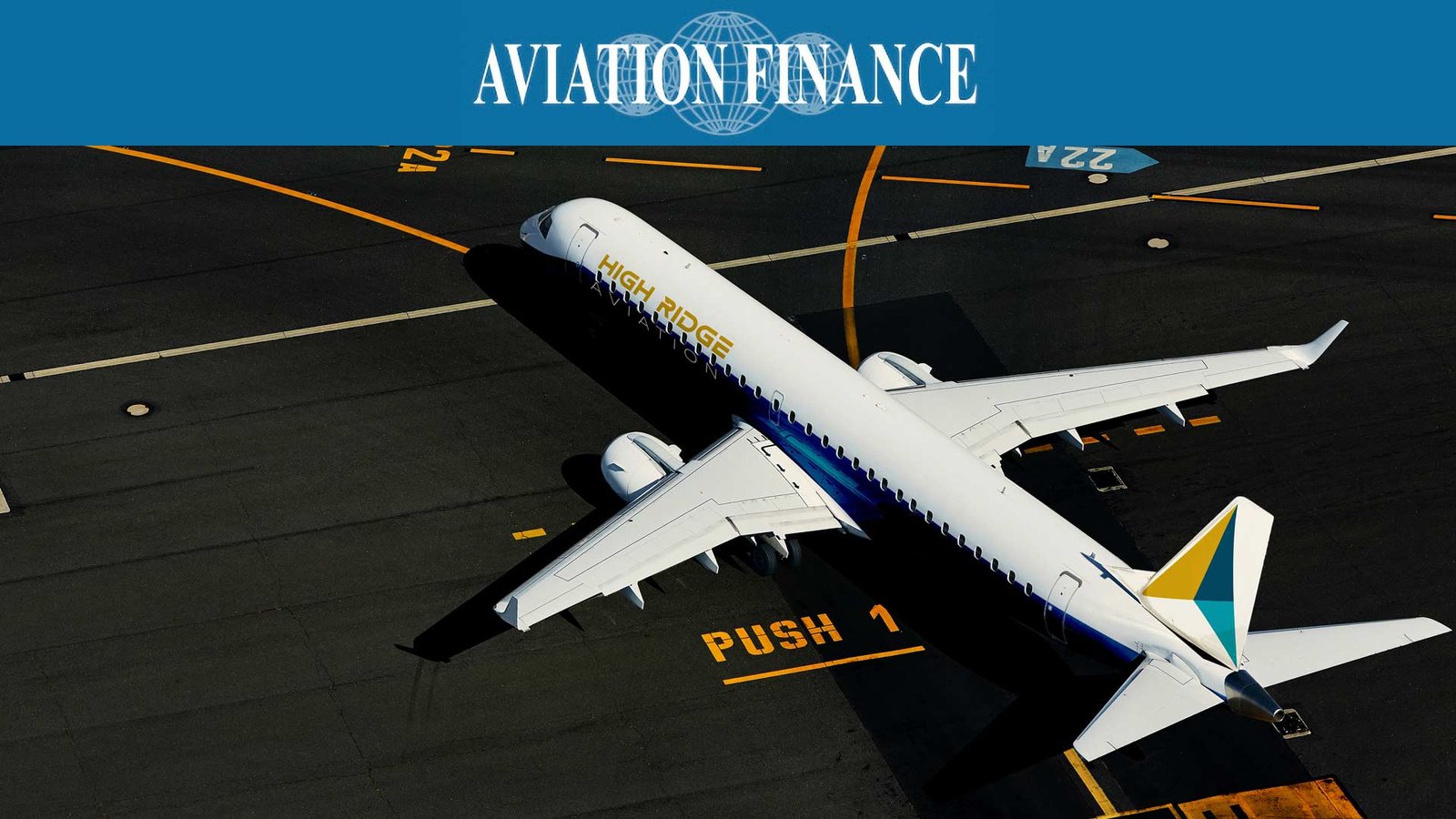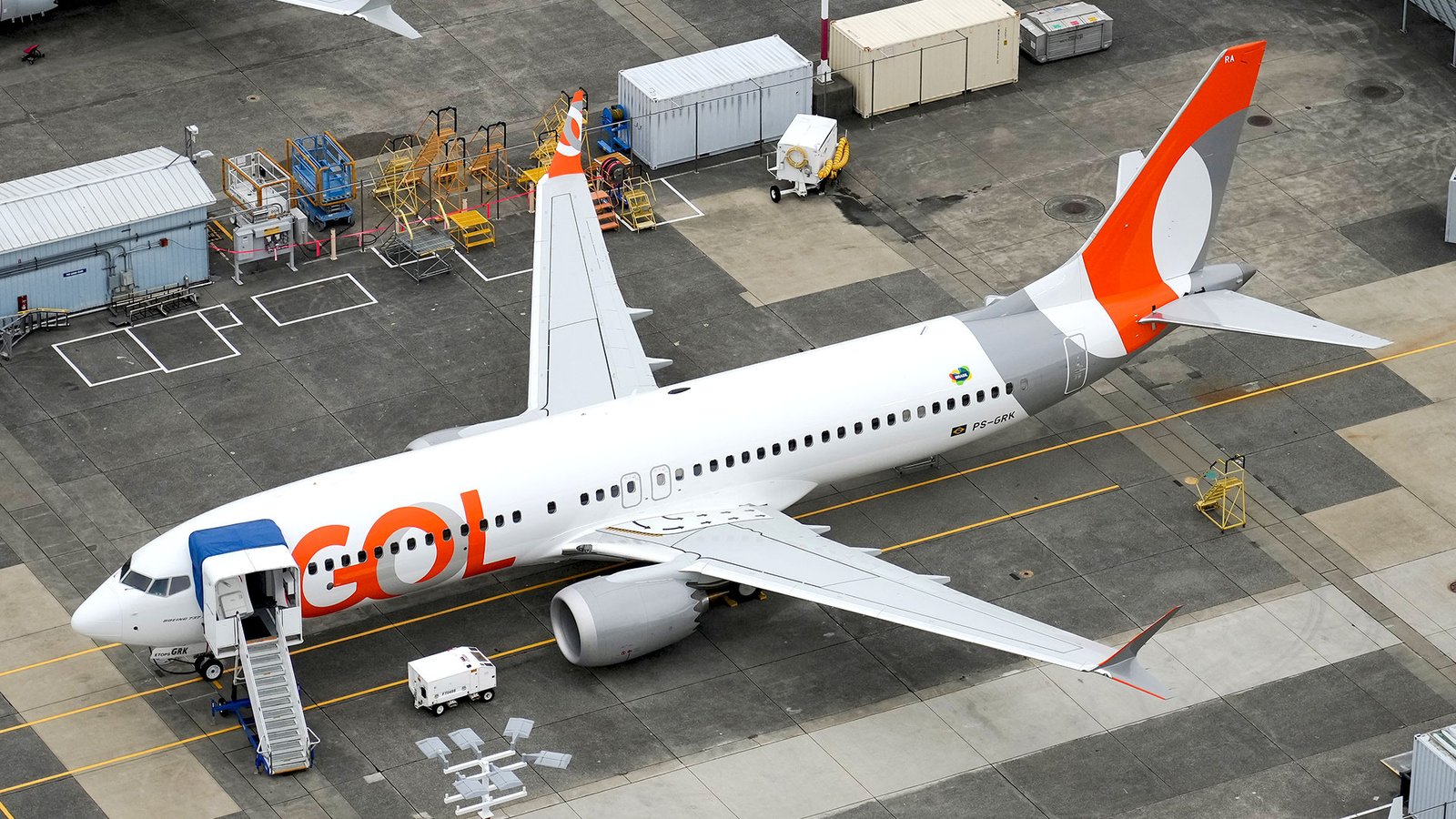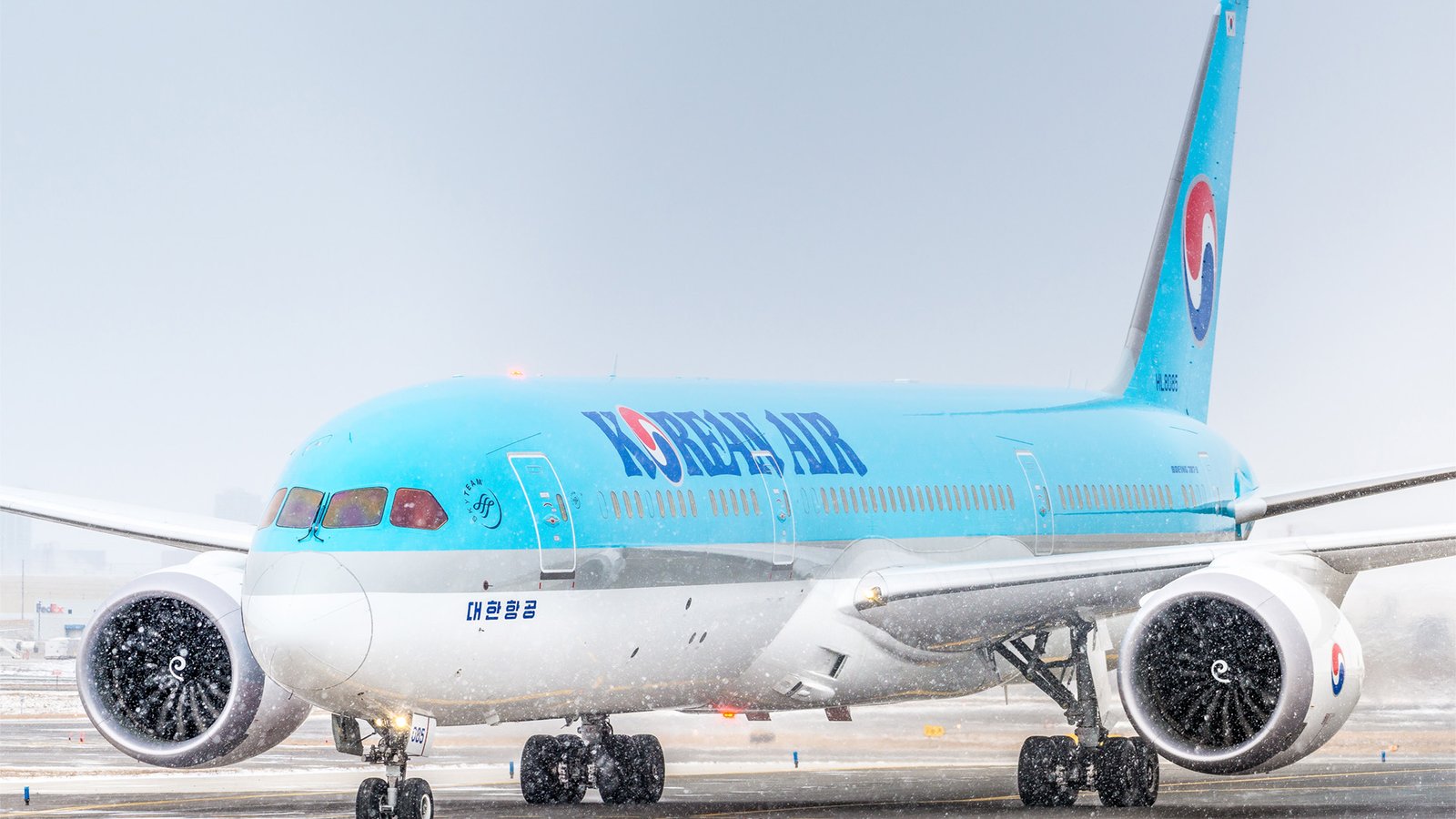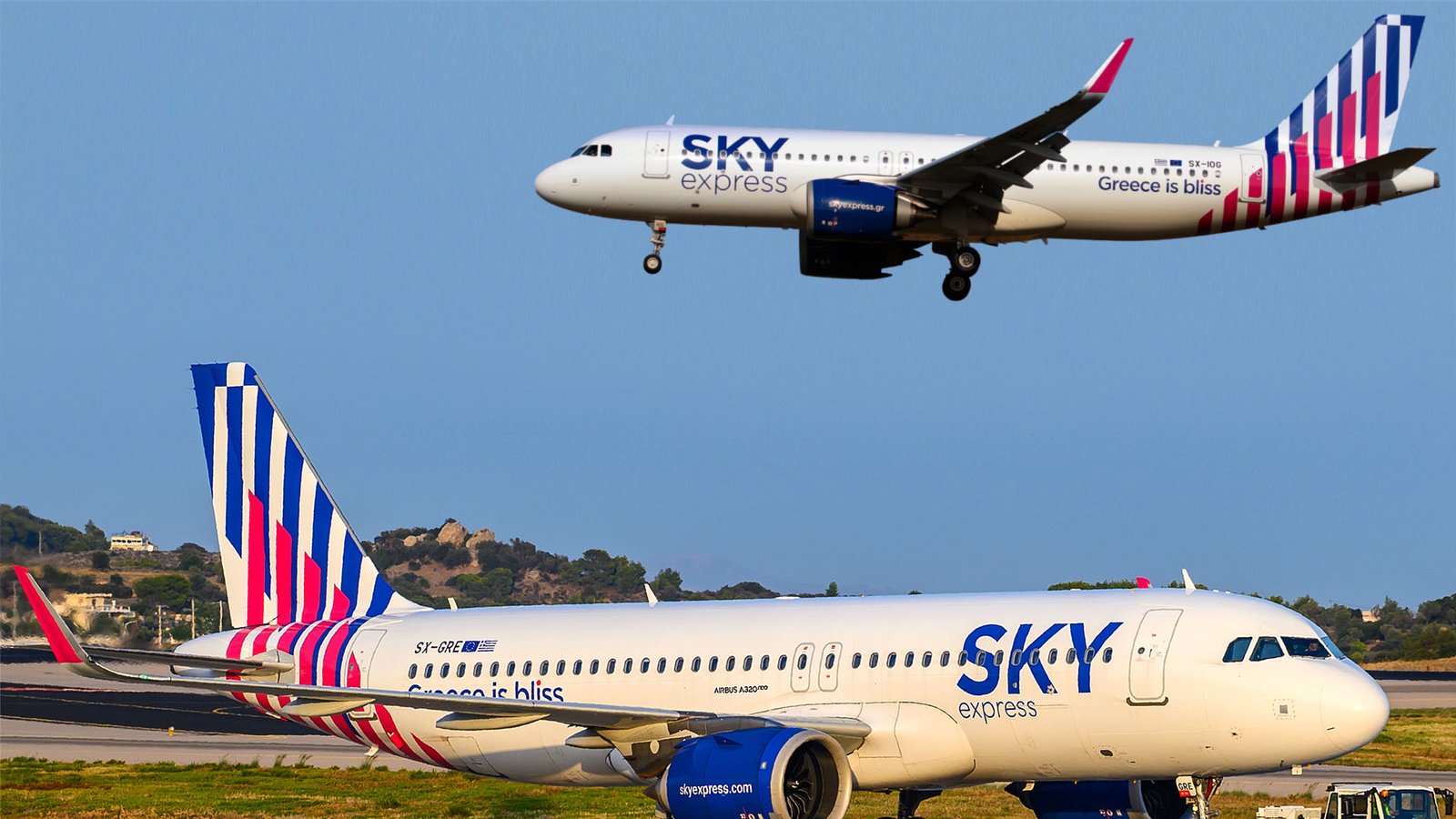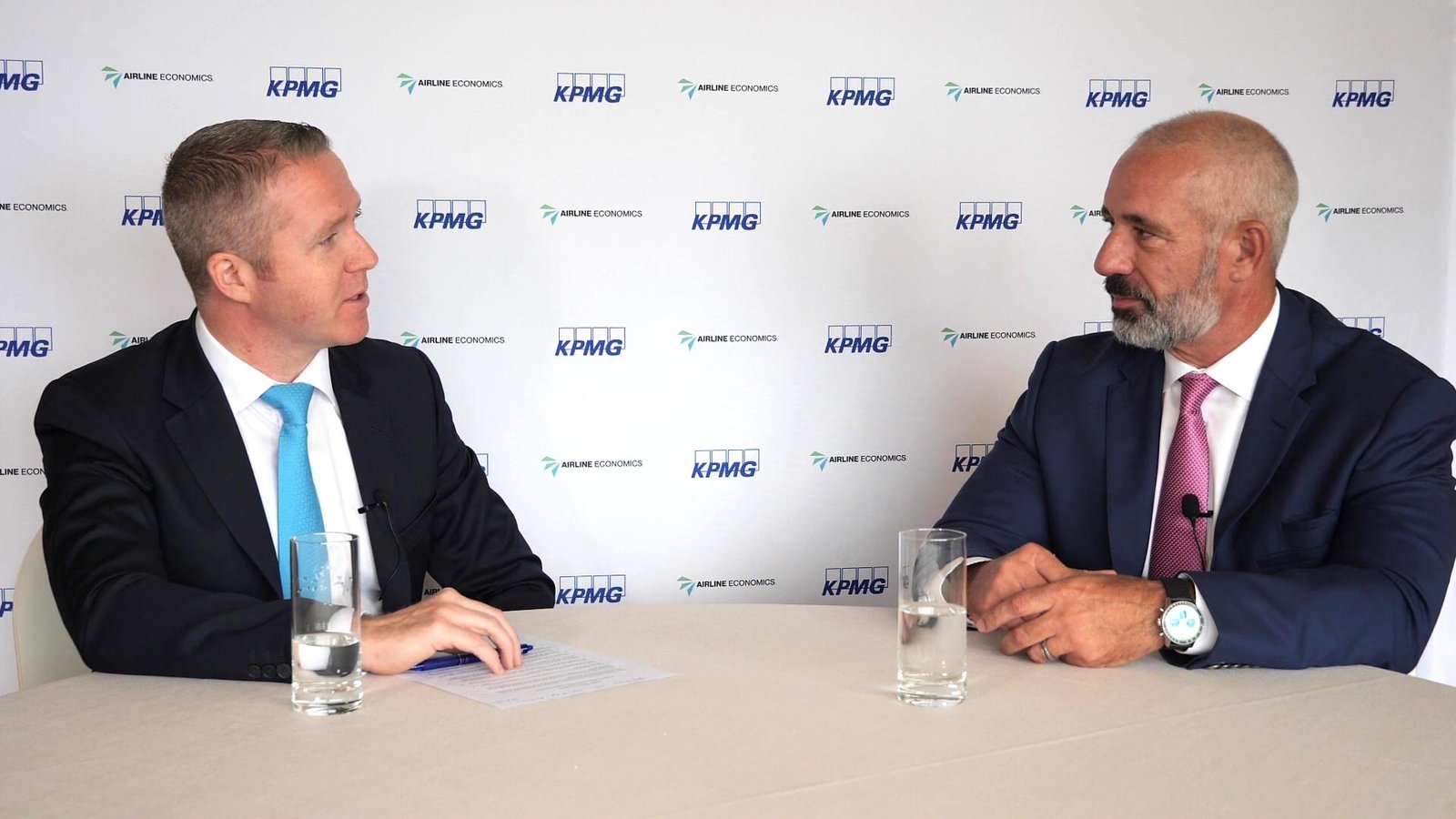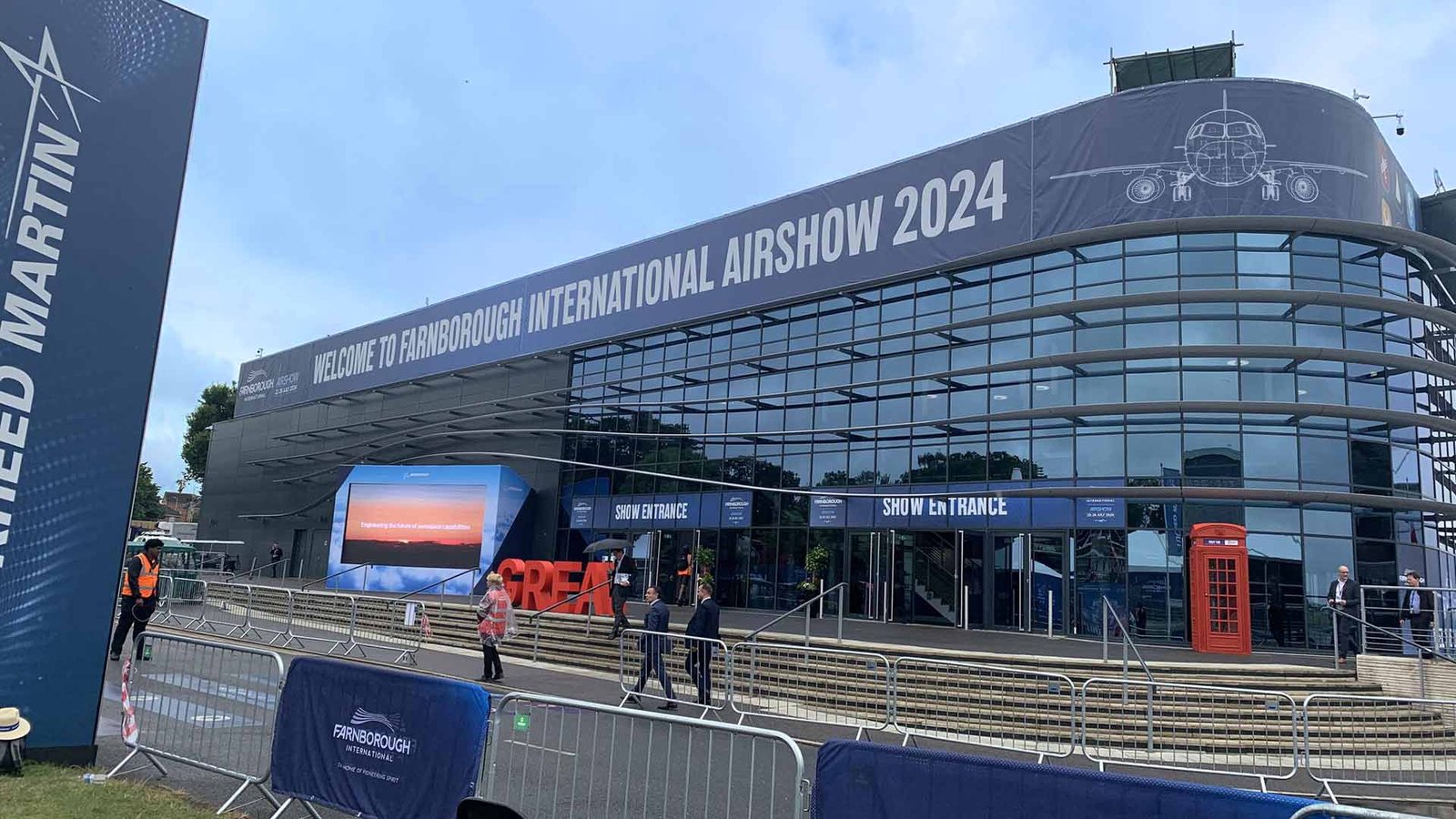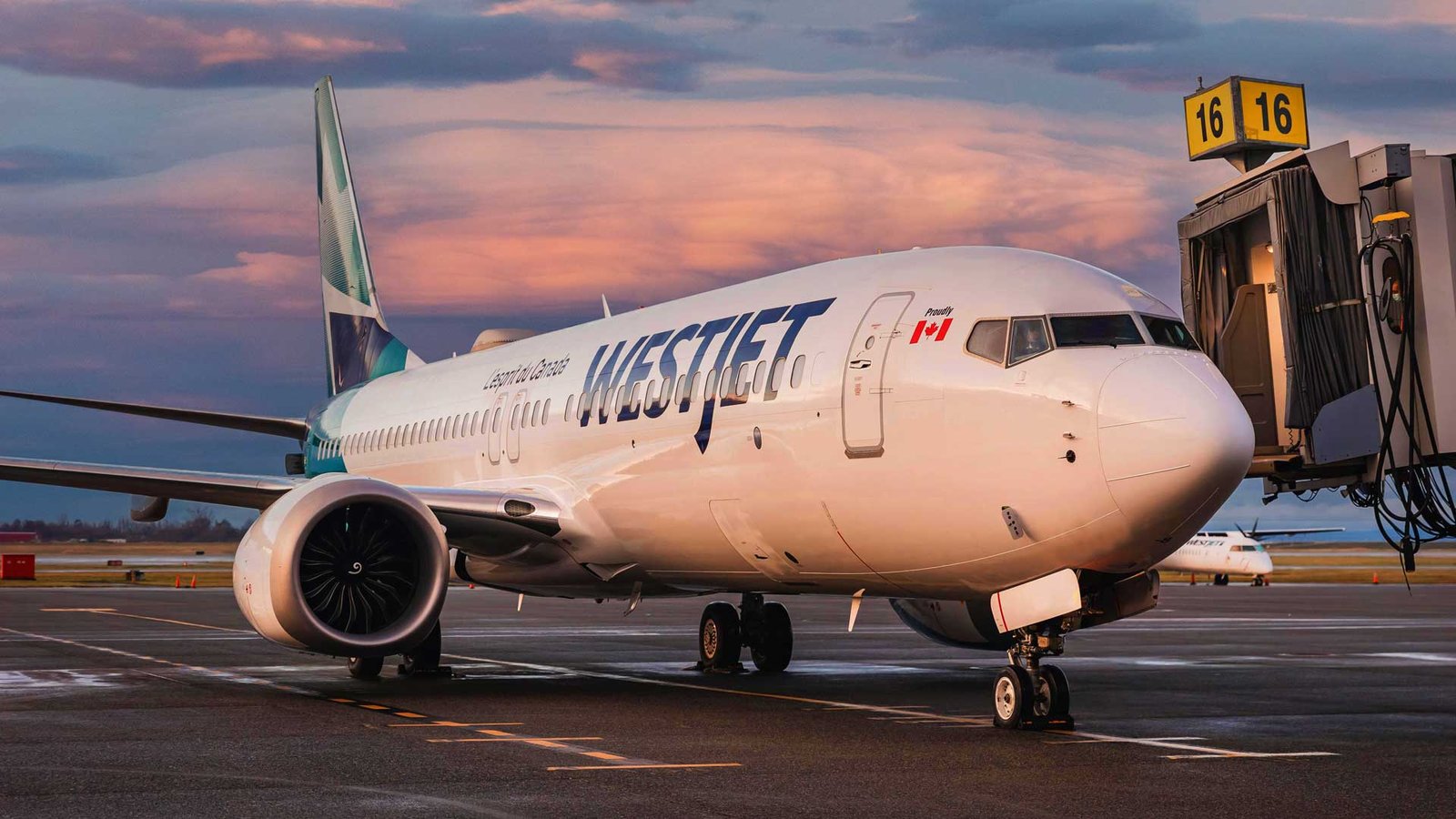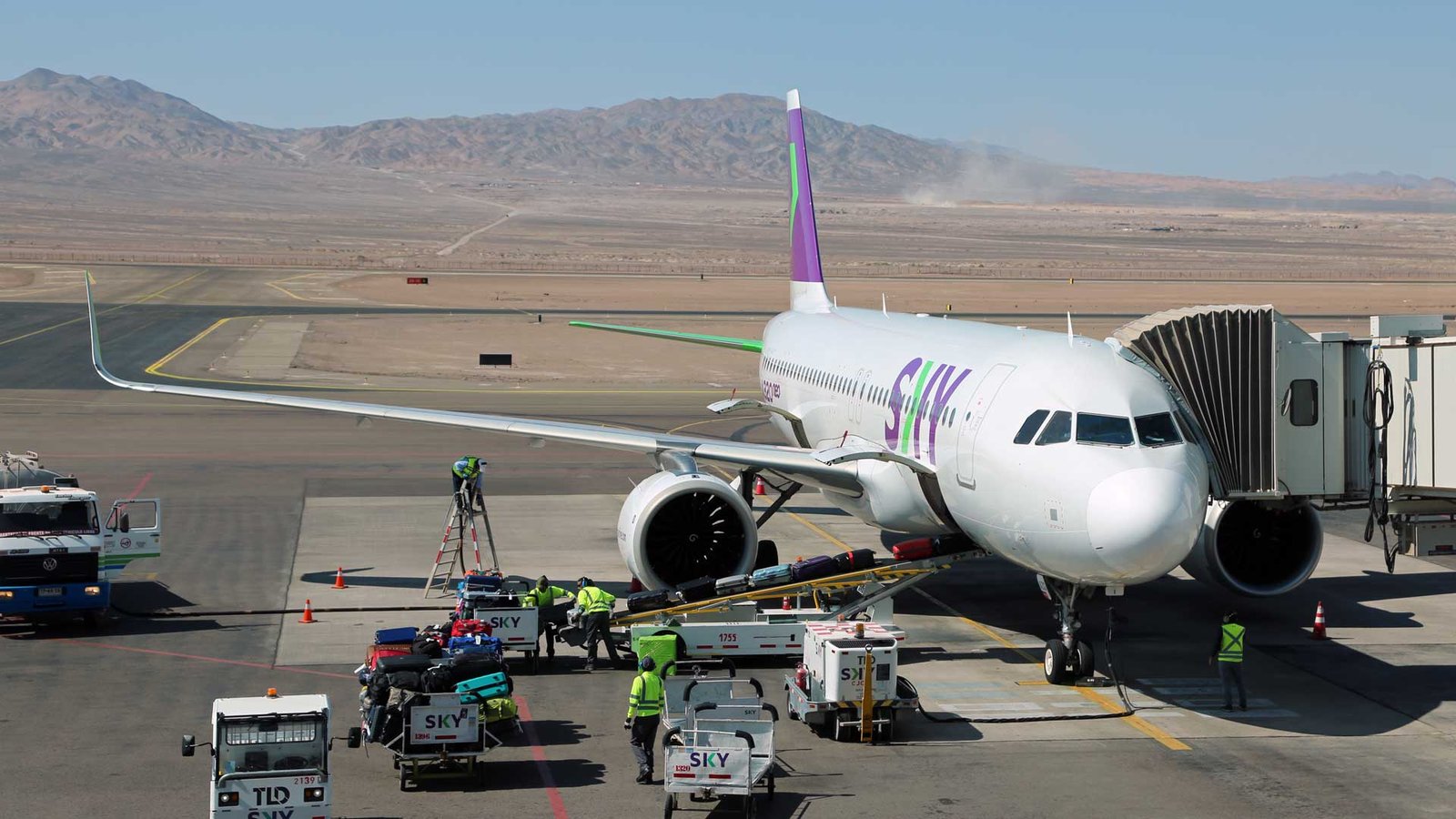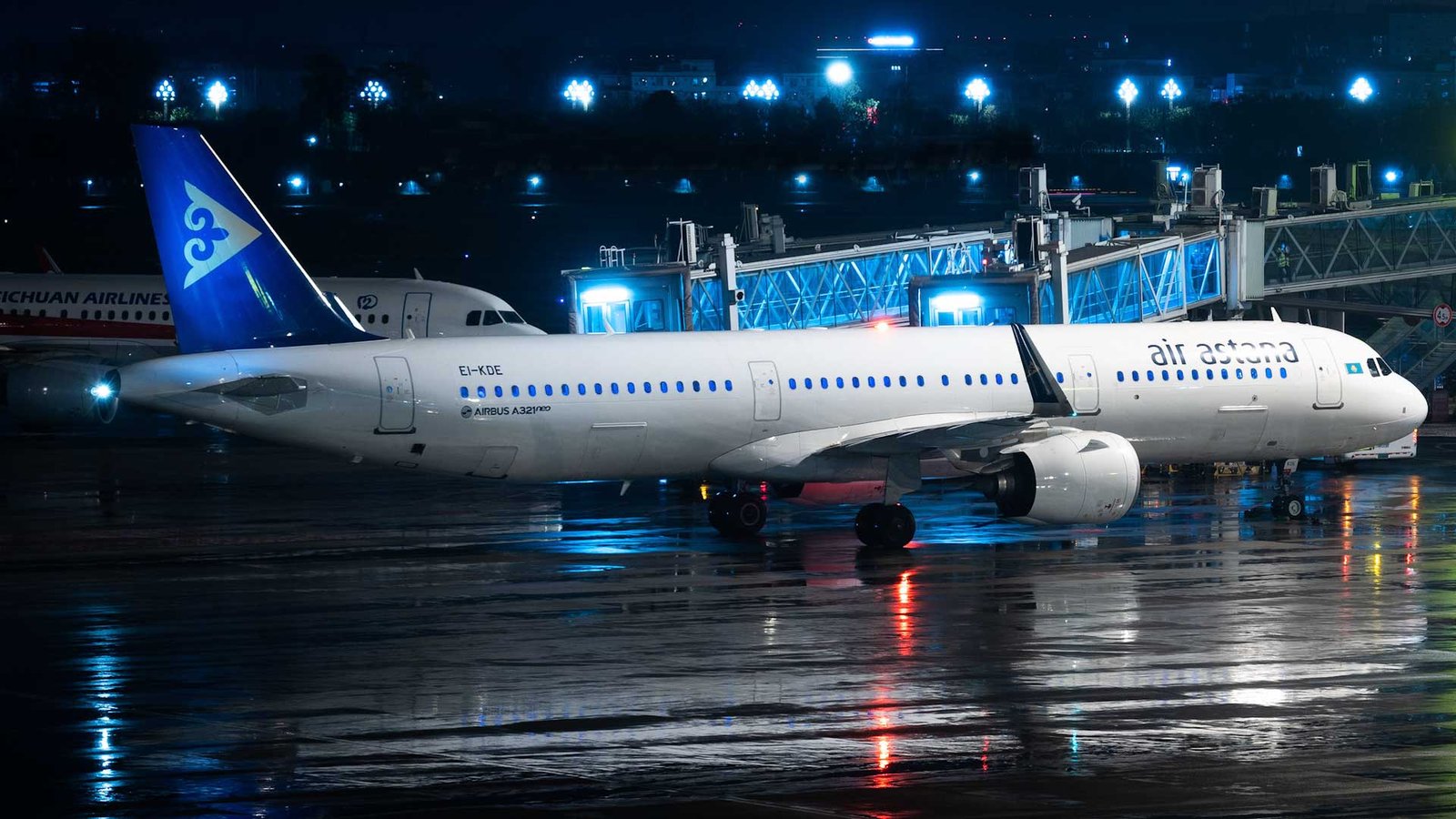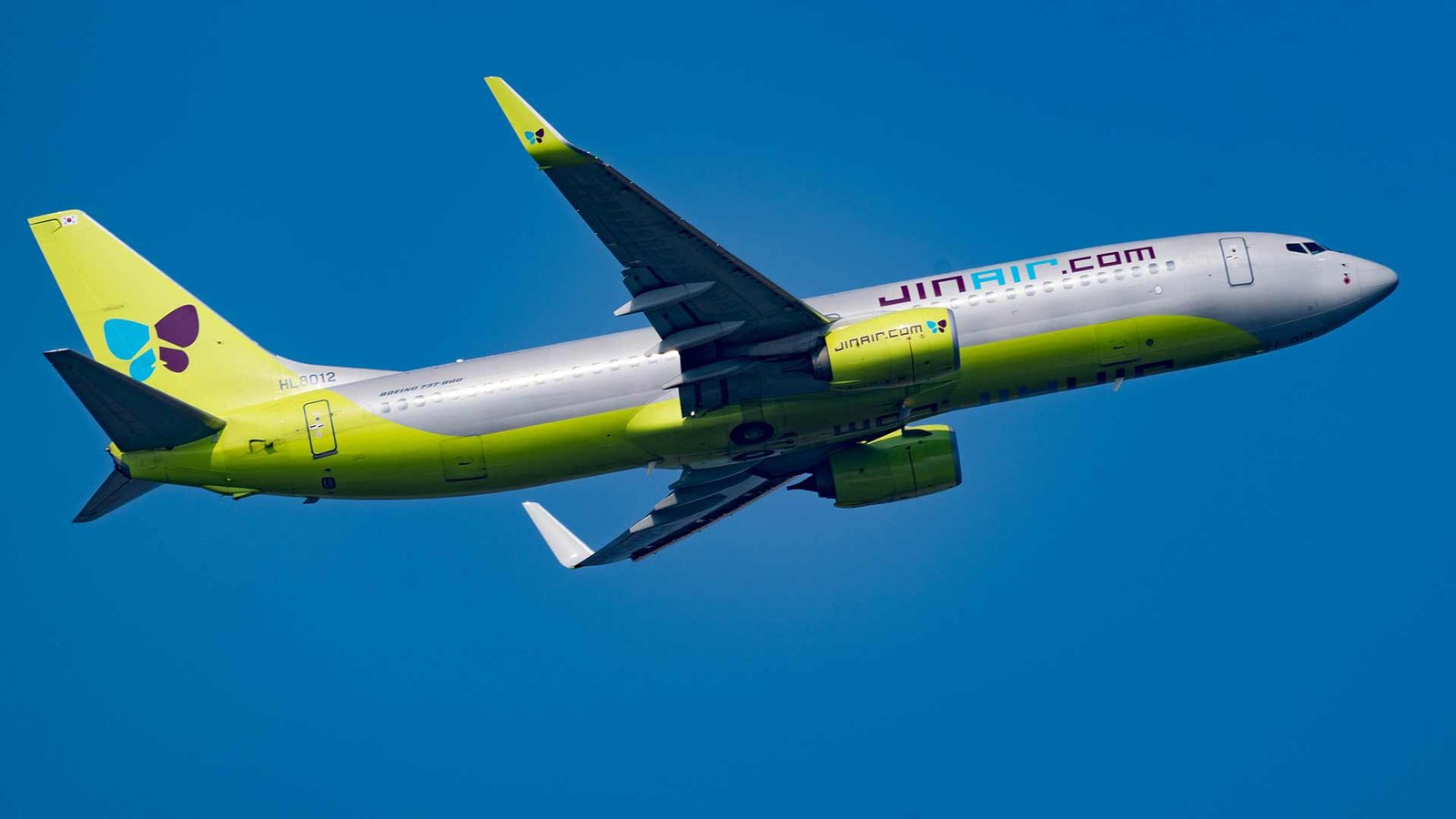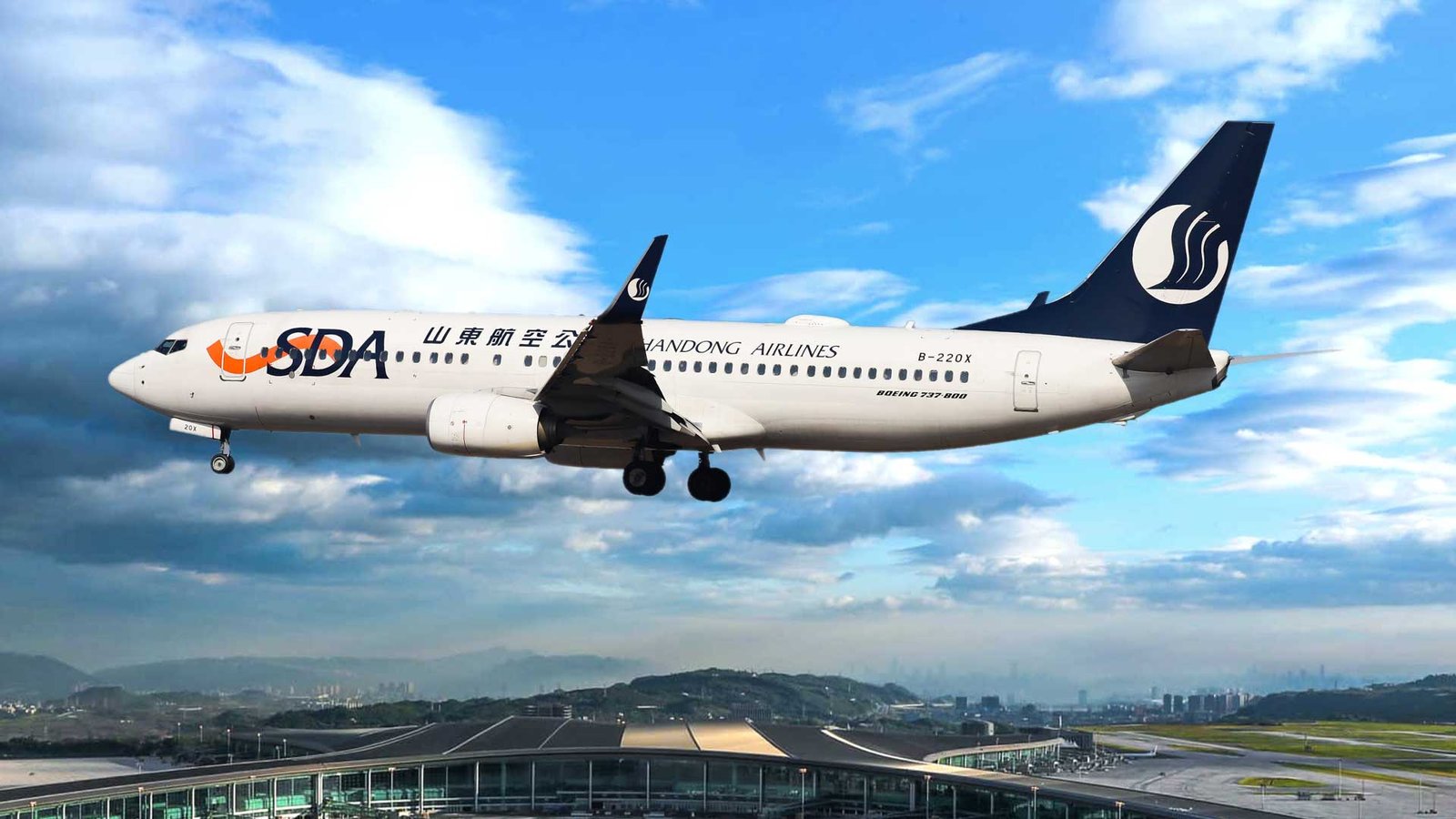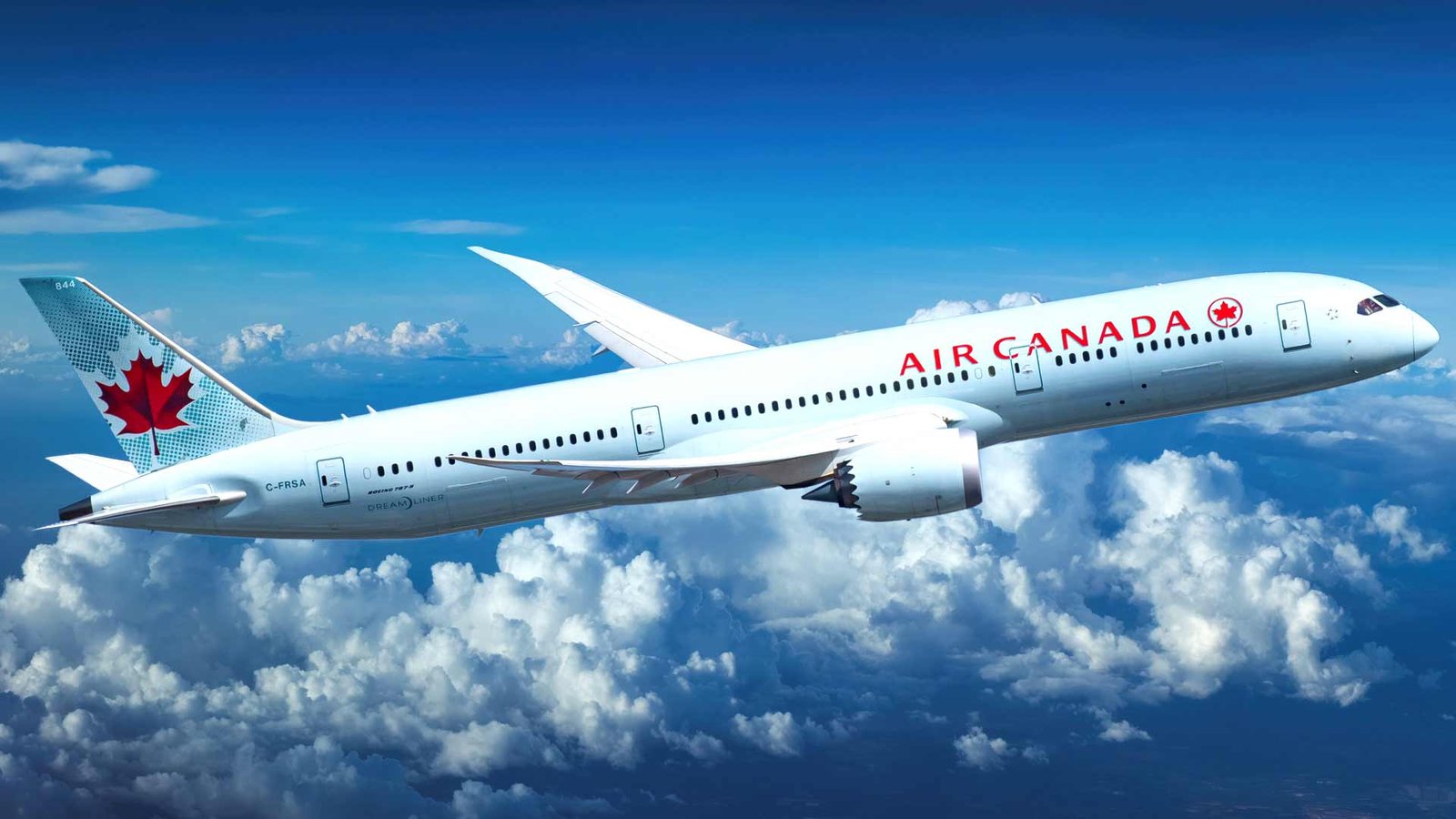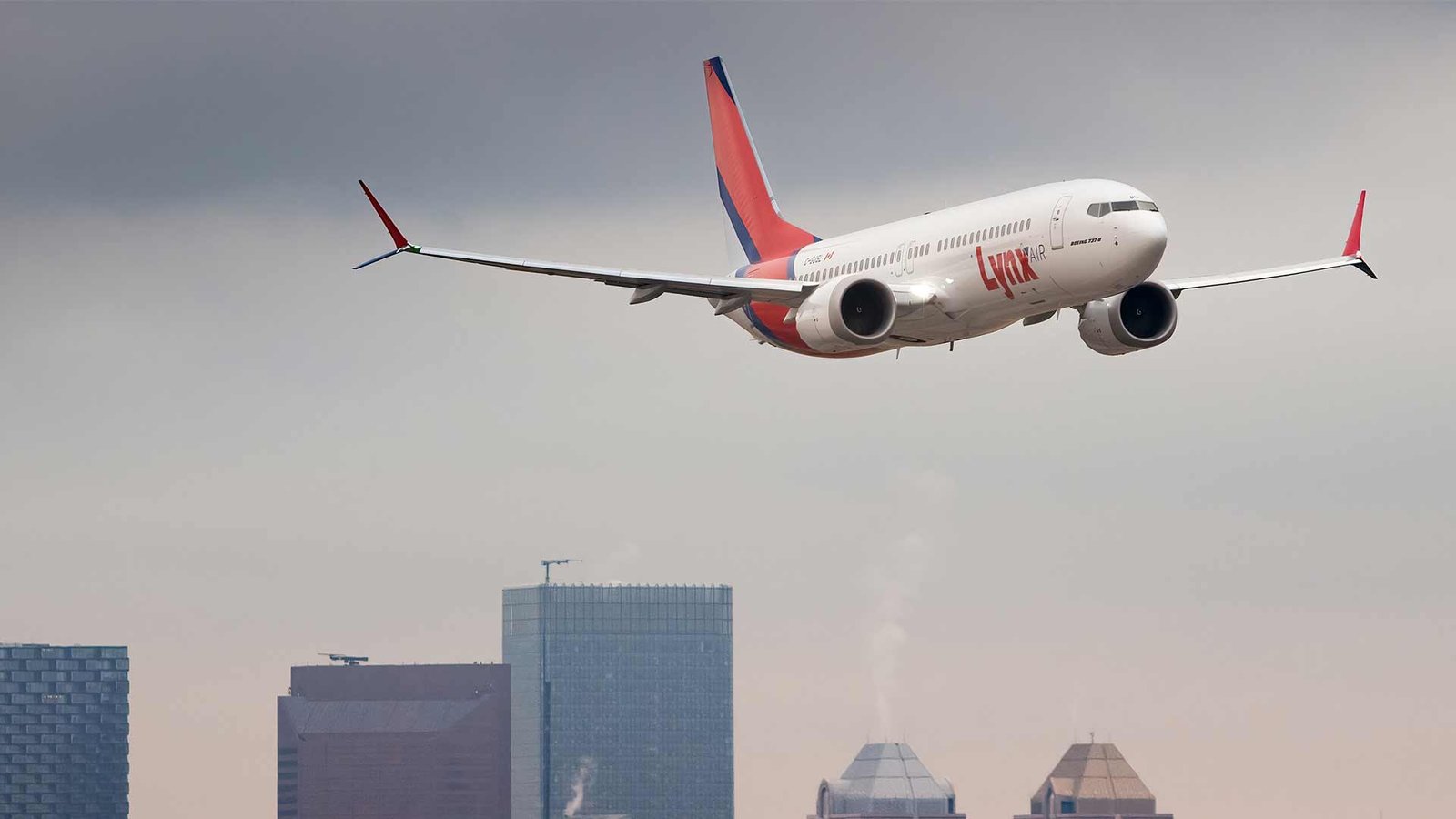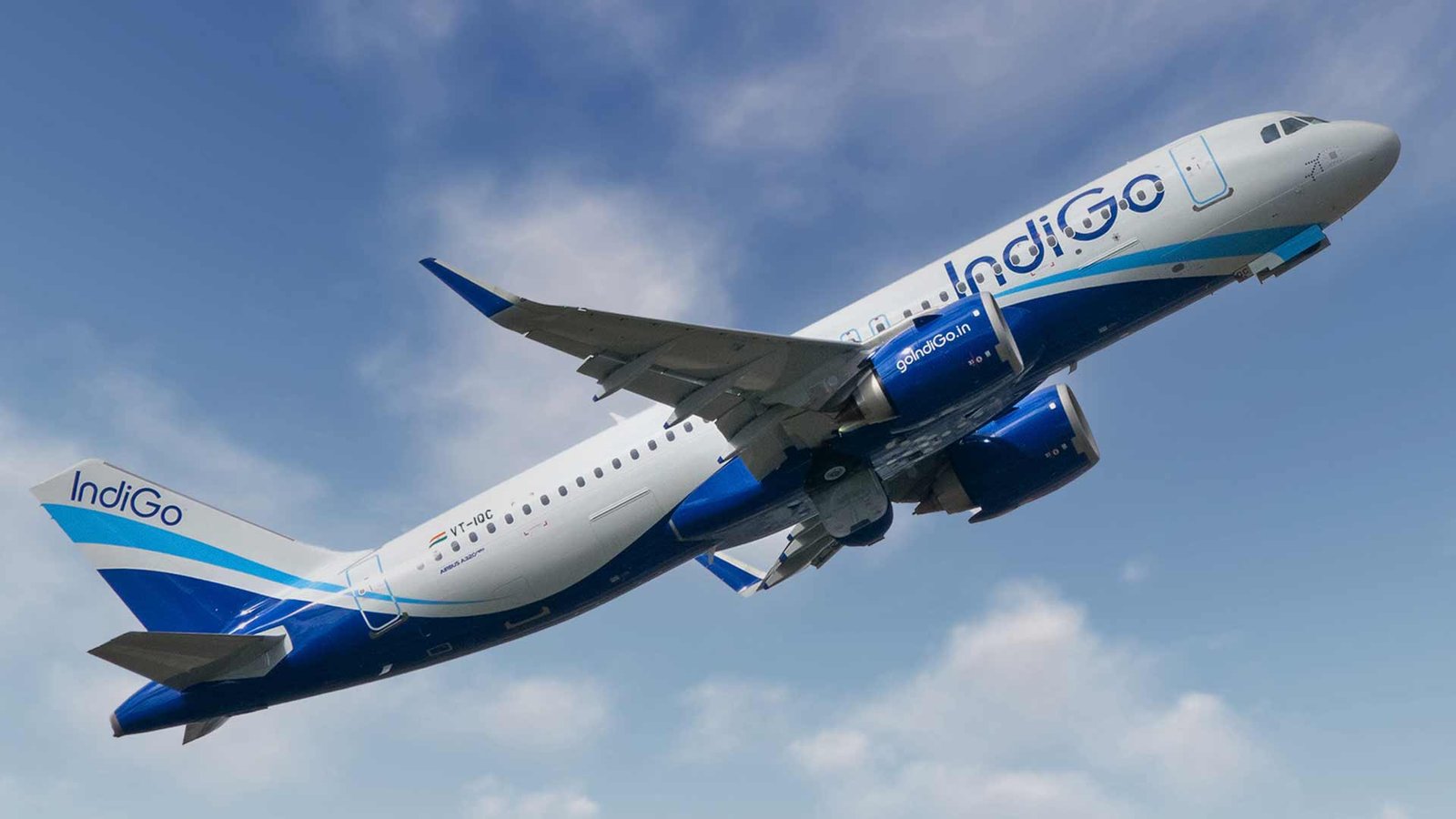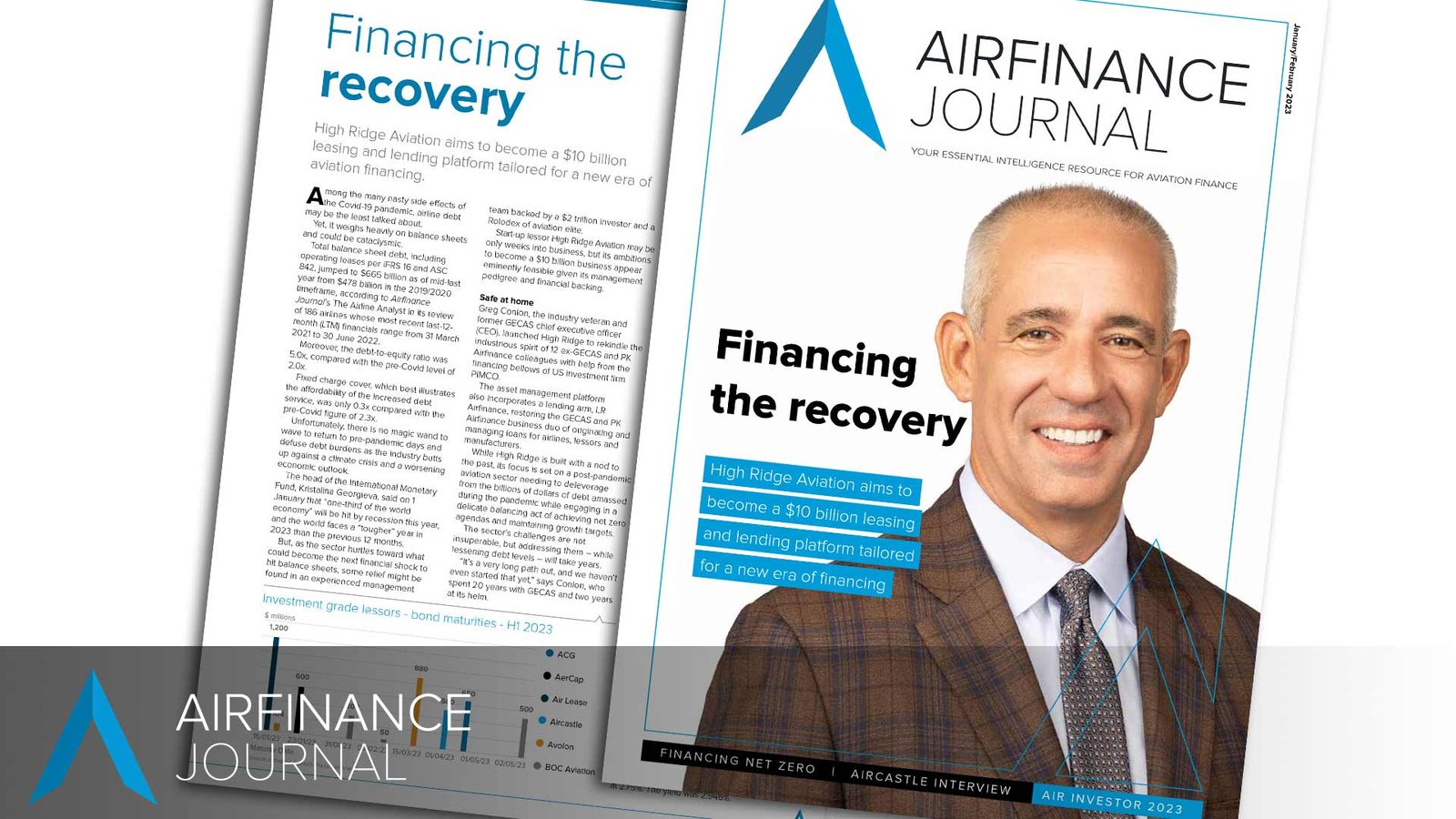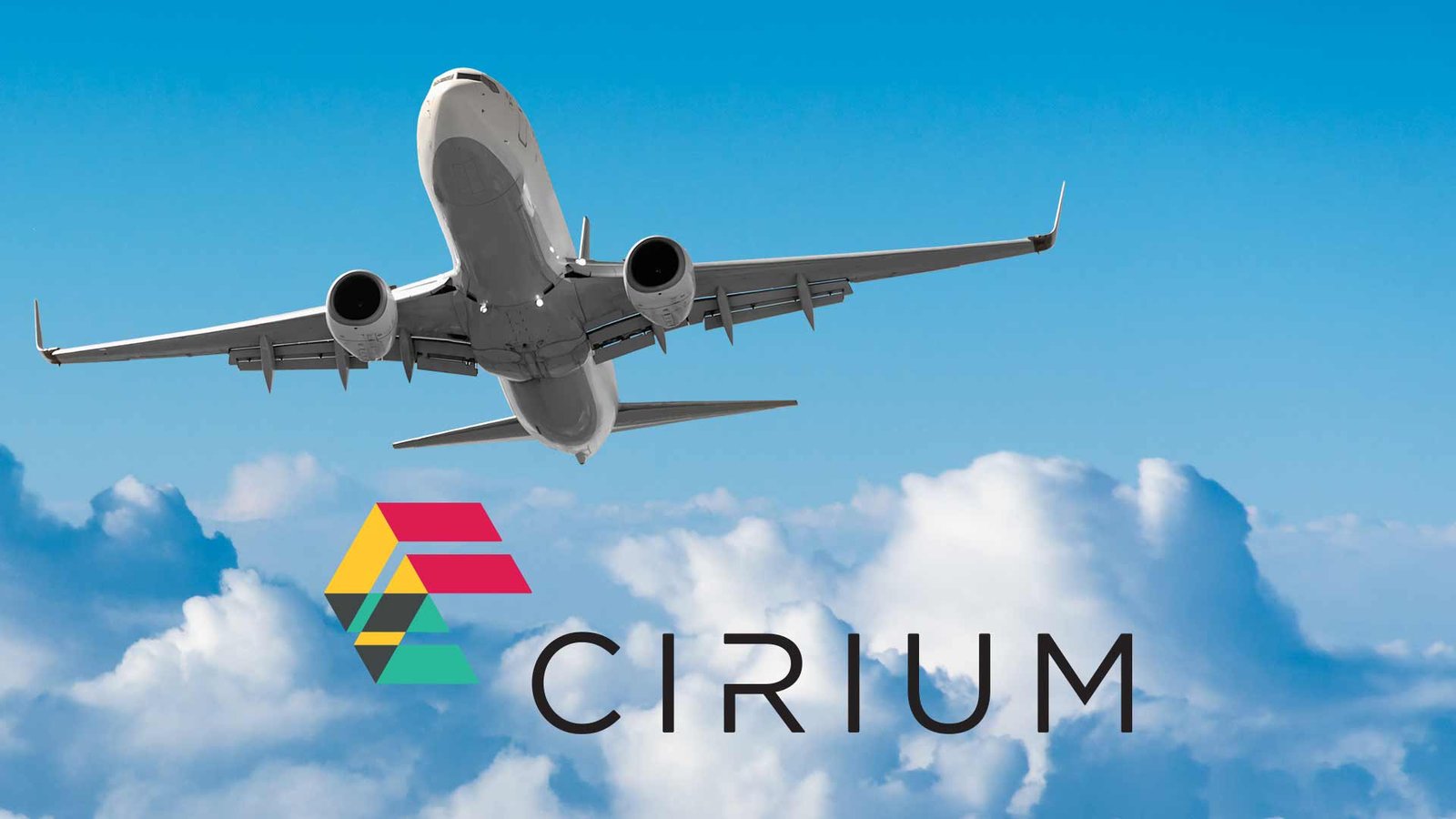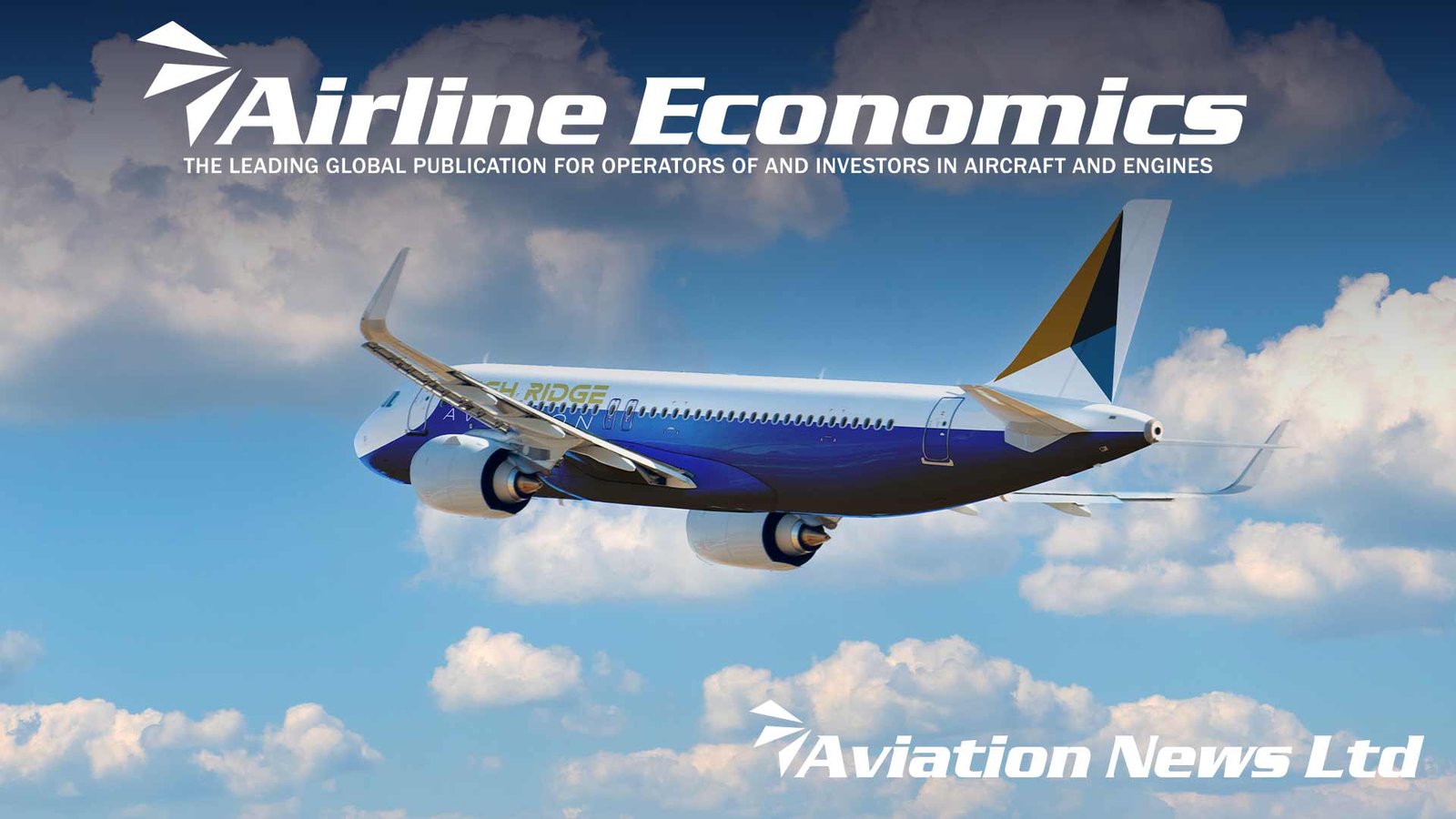By John Stanley, Contributing Editor, Aviation Finance | 06 Dec 2022
Originally posted on AviationFinance.aero (Vol.12 Issue 23) and shared with approval
Debt finance provided through LR AirFinance is going to ‘a big part of our strategy and one of our main differentiators,’ says Greg Conlon, the former GECAS CEO who has just launched a new platform, High Ridge Aviation (HRA), in partnership with fixed income investment manager PIMCO. High Ridge is a commercial aviation asset manager principally focused on arranging and structuring competitive financing and liquidity solutions for airlines, including leasing, and debt finance through its LR AirFinance subsidiary. Conlon spoke to Aviation Finance Contributing Editor John Stanley about his plans for the future.
The launch of the new venture comes a year after the closing of the merger between AerCap and GECAS a year ago and the core HRA team comprises 12 of Conlon’s former colleagues in GECAS and its PK Airfinance subsidiary. In a statement announcing the launch Conlon said: ‘I am exceptionally honoured to be leading this select team and delighted to partner with a premier institutional investor such as PIMCO in this strategic relationship. Our founding principals have a proven track record of success and we are eager to again deliver unparalleled, innovative and client-focused results.’
According to PIMCO’s Group Chief Investment Officer Dan Ivascyn, aircraft remain an attractive asset class in a critical infrastructure sector supported by solid long-term growth drivers. ‘We have a longstanding investment strategy in aviation finance and our partnership with High Ridge Aviation will help provide essential liquidity and financing solutions,’ he said.
HRA says a global reach together with PIMCO’s deep and broad investor base ‘will offer a wide range of competitive, tailored liquidity solutions to meet the needs of a diverse set of airlines, lessors, manufacturers and industry partners worldwide over many years. A full-service asset manager with extensive in-house capabilities, HRA will focus on financing for modern, fuel efficient aircraft as well as attractive opportunities in cargo, mid-life and engine asset markets.”
But this is not Conlon’s and Ivascyn’s first venture together in this space. In October 2020, well before the AerCap merger, they created Gilead Aviation as a GECAS/PIMCO joint venture strategic aviation leasing platform targeting up to $3 billion in aircraft asset financings. In many respects the new venture mirrors what the two partners had been doing through Gilead, but the new venture puts a strong emphasis on debt financing.
Speaking to Aviation Finance, Conlon gave some insights into the strategy behind the new venture. ‘Over the past two years there has been a tremendous amount of support for the industry, both for the airlines and lessors, in raising capital. By my rough math, about $0.25 trillion of debt financing and equity capital has come into the airline space over the past two years and I think that’s a reflection of people’s confidence in the space and their ability to raise capital on asset classes that they had not previously looked at – including mileage programs, logos and intellectual property, for example. They have all been effectively used to raise finance just to help the airlines get through.
But that’s a lot of debt and if you go back to 2019, which was probably the most profitable year on record for airlines, their free cash flow was somewhere in the neighbourhood of $50 billion. If you’ve got a quarter trillion of debt incurred in the space of some two years and your best year ever as an industry was $50 billion of free cash, that puts a lot of pressure on balance sheets.
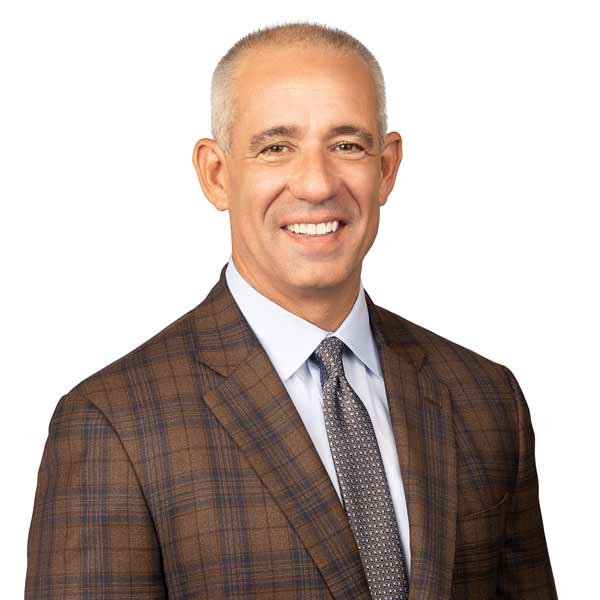
The fundamentals of aircraft as a good investment are there, you just need a management team that knows what they’re doing. These things are not bonds, you have to be able to pick the assets and the credits and actively manage them.”
– Greg Conlon, CEO, High Ridge Aviation
At the same time, you’ve seen aircraft retired, taken out of service perhaps sooner than they would in a normal environment. So you’ve got airlines that need time to heal, and the only way to heal is by growth, and the only way you grow is by acquiring aircraft. So you’ve got strong demand for new metal and stretched balance sheets – and that creates opportunity for finance providers.
“Aircraft financing has been moving towards the leasing sector anyway – it now represents around 50 per cent of the total market – and I’m convinced that in this search for growth by airlines lessors are going to play an even bigger role in the future. From an investable asset class, I still think the fundamentals of aircraft as a good investment are there, you just need a management team that knows what they’re doing.
These things are not bonds, you have to be able to pick the assets and the credits and actively manage them, which is why a platform like HRA is valuable.”
Growth ambitions
Conlon is reluctant to put numbers on growth aspirations at this stage, but clearly has significant ambition.
We’re certainly open to looking at portfolios. I think there will be increased activity and some trading on the portfolios,’ he says. ‘You’re seeing interest rates effectively doubled from when there was very inexpensive money and a lot of capital coming into the space, bidding up asset values driving down yields. A lot of new entrants came in and we’re seeing some of those new entrants now exiting, either because their return requirements weren’t met or their capital structure wasn’t efficiently tailored to the assets they were going after. So I think there are going to be opportunities not only with the airlines, but also with other leasing portfolios coming on the market, which we’ll certainly look at.”
He also sees significant opportunity for LRA in the current marketplace.
LR AirFinance is very similar to the PK model, with maybe a slight change in that it has more efficient funding for a debt platform. It’s going to be a big part of our strategy and one of our main differentiators is that we know that space well. We did it for over 20 years at GECAS. In fact, I was with PK when GE Capital acquired it. So I was there from day one when it became part of GECAS and I saw how very thoughtful they were about keeping information walls between investor information and client information, how they kept the leasing side of the business separate so we were able to serve both customer bases – investors as well as airlines.
“Its a model well we know very well and I think it’s going to be a big part of our HRA strategy going forward because there are fewer lenders in the space now than there were. Some commercial banks are exiting the space, or at least stepping back significantly, while some have had to put larger capital requirements against aviation exposure and that’s putting pressure on their returns. At the same time traditional take-out sources of financing, such as the ABS market, for example, are experiencing low levels of issuances right now compared to previously. So the options on the table aren’t what they used to be. I think LR AirFinance could be a very efficient solution for that and it’s something we think is going to be key strategic product offering for us.”
Conlon also emphasizes the depth of funding available to HRA from the get go.
As we grow this there will be a natural inclination to diversify the funding sources, that’s in both our interests. But one of our advantages is that we don’t have to do that immediately.”
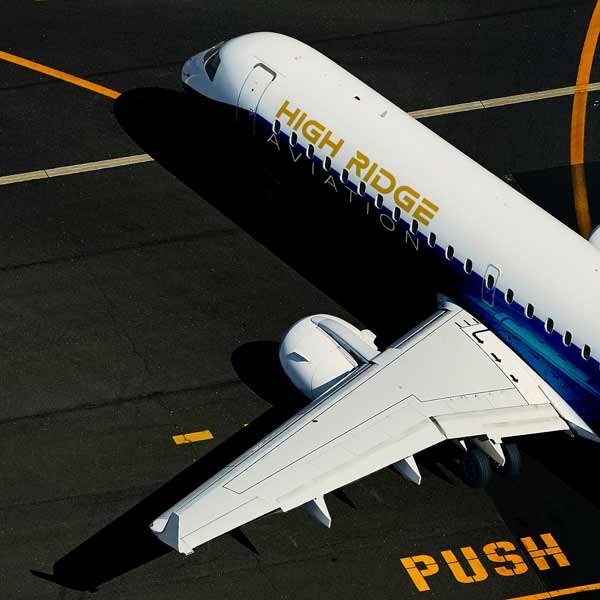
High Ridge Aviation believes the combination of strong demand for new metal and stretched airline balance sheets create good opportunities for finance providers.
The size of HRA and LRA is not limited by our ability or by PIMCO’s ability to source sufficient capital for us. One of the reasons why it’s just such a good fit between the two of us is that we won’t be limited by size. And as we grow we will always look for the most efficient way to fund it. But PIMCO, with $1.7 trillion under management, obviously has very efficient ways to fund vehicles like ours and we therefore feel very confident about it.’
It is also notable that while HRA is starting with a relatively small team of 16 people – albeit all highly experienced – it already has a global footprint with offices in Connecticut, Dublin, Dubai, Singapore and Australia.
‘That’s a model that served us well in the past – it’s always helpful to have offices where your customers are,” Conlon says.
But even with this global footprint he is cautious about growth in the numbers of personnel.
We obviously intend to grow the company, but we will be thoughtful about it as we go. We’ll add people as the need arises, but we don’t have a particular focus of which office we want to grow, one versus another one. Our development will be based on the identified business need and we’ll go out and source the type of talent as we need it.
“We’ve got the bulk of the team in place. We’re all very experienced people that have done numerous functions in the past so we can multi- task as we start this. I think we have a core group of people that make us efficient out of the gates, day one, and we’ll continue to add to that team. But my guess is we’re not going to be hundreds of people, we will be very efficient and I think we have all the capabilities we need right now. This is going to be very lean and we’ll outsource what we need to.”

